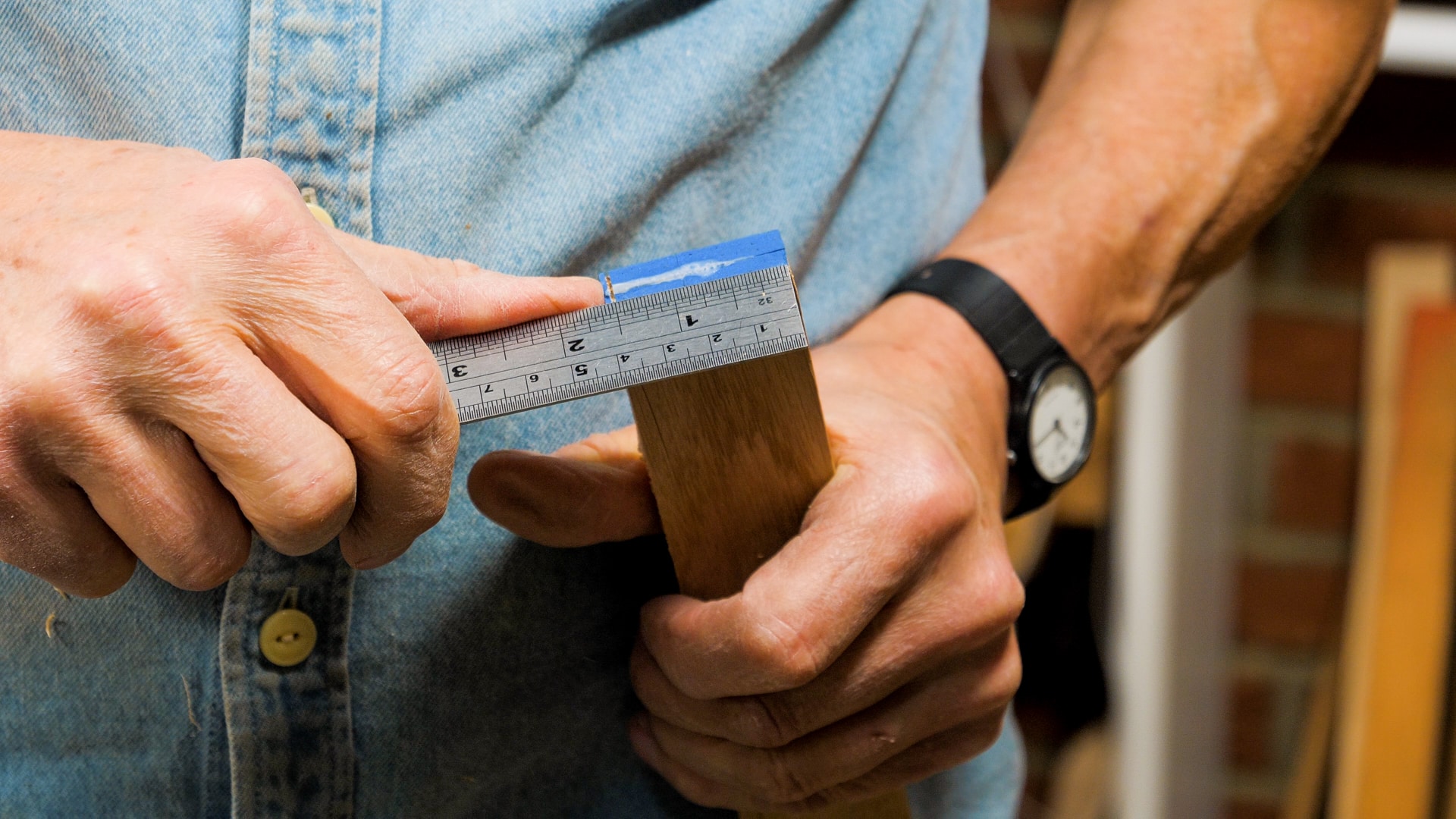Sellers Home Bed: Episode 6
Posted 8 February 2023
This is an episode in a paid series. Want to watch it? You just need to sign up as a paid member, and you can enjoy this video and many other videos we think you will love.
With the head and footboard joinery completed, there are additional shaping procedures to take. All four of the shaped posts must provide for the ends of the side rail to sit squarely to them. The steps we show will give you the flat surfaces you need. We have laminated slats to make and then refine, ready for attaching to both the head and footboard. So lots of shaping skills to adopt throughout. Preparing your wood can be a daunting task, but we use some methods you may never have seen before. Tricks of the trade make things much simpler!


Question on wood dimensions. I see the posts Paul has built are 1 1/2″ thickness. Rails appear to be 1″ stock. Could 3/4″ stock give the needed strength for headboard rails and mattress rails? I am asking for a few reasons. First, 1″ stock is not available here (3/4 and maybe 7/8″ are) and I don’t have a much desired bandsaw. Second I plan to downsize this bed to a twin size and perhaps double.
I so love the fact that you can do all this with simple tools. Sooo many YouTubers’ shops look like manufacturing plants, they have so many expensive machines.
Lovely feedback! What you see on screen is what Paul is using to make all the furniture for his home.
At 16:09 of the video shows the glue lines of the slats. There appear to be six slats, each by two elements. A few seconds later the voice-over informs hat six slats are glued together.
Personally, I don’t embark on a project before having seen all the videos to gain the global picture.
Then I look again at each video (more than once, most of the time) to see/listen to how it is precisely done and catch what knacks are used.
So I don’t have anymore to ask myself what Paul is intending to do.
I look again the corresponding video before doing any phase.
It is also worth looking again, after, to see what one has missed.
From 12:19 there are comments on the relation of number of strips and the risk for spring-back (shape retention).
But, are the slats on your chairs bent or cut from the bulk? There is a huge difference. If bent, then the fibers run roughly parallel to the curved edges of the slats, but if cut from the bulk, then fibers end at the edges of the curves and this weakens them considerably. Said differently, the slats on your chair will bend under load, but ones cut from the bulk may simply break. This is why some chair components were riven. Even more than bending, riving ensures that as many fibers as possible flow along the length of the component, increasing strength.
They are laminated strips.